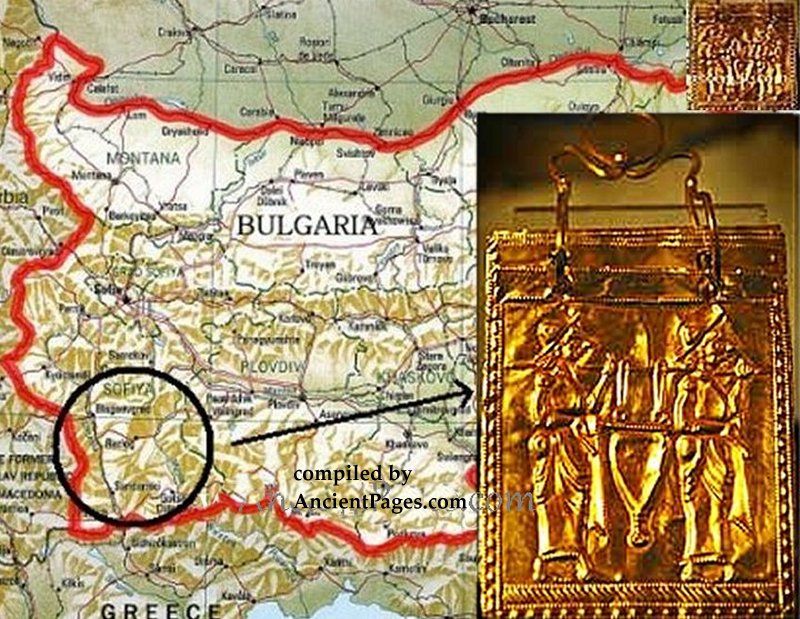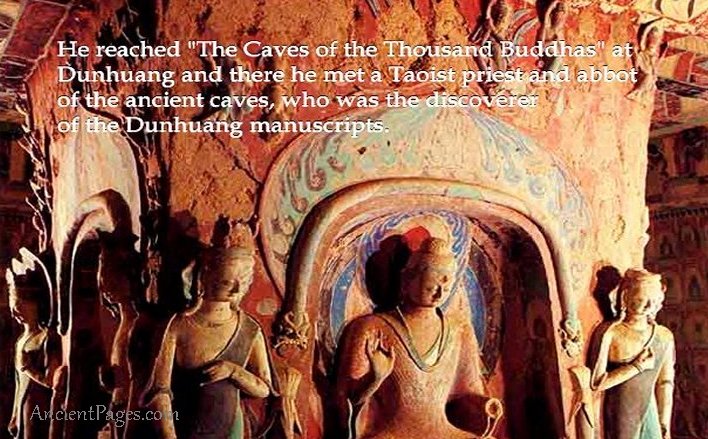Golden ‘Etruscan’ Orphic Book – Six Golden Pages Of The Oldest Book In History Of Mankind
A. Sutherland - AncientPages.com - More than sixty years ago, a unique discovery was accidentally made in the Valley of Struma River, the river in western Bulgaria, during road construction works.
A small book was found in an old tomb covered with frescoes. It is the world's oldest book in the history of humankind, made of gold and dated to 600 BC.
The illustrated six golden pages are made of 23.82-karat gold (measuring 5 centimeters in length and 4.5 centimeters in width) and fastened together with gold rings. The pages are covered with text and decorated with images of warriors, a horseman, a Siren, and a lyre.
Two independent experts from Bulgaria and England confirmed the book's authenticity.
According to researchers from the National Museum of History in Sofia, Bulgaria, the six sheets are believed to be the oldest comprehensive work involving multiple pages. The expert said, "there are about 30 similar pages known in the world, but they are not linked together in a book".
This precious work was written in the Etruscan language that belonged to the Etruscans, one of Europe's most mysterious ancient peoples, who are believed to have migrated from Lydia in modern western Turkey, settling in northern and central Italy nearly 3,000 years ago.
The Ancient Thracian Golden Orphism book, discovered in 1955, in the Struma River valley, in Bulgaria. It is exposed in the National history museum in Sofia. Image credit: Ivorrusev - CC BY-SA 4.0
They were wiped out by the conquering Romans in the fourth century BC, leaving few written records.
The real problem with deciphering Etruscan language lies in understanding the exact meanings of the words and grammatical forms. The language cannot be related to any other known language, living or dead.
The Etruscan language has already been deciphered, but most Etruscan texts remain obscure. The language had regrettably lapsed into oblivion, and today no one can read this over 2,5 thousand years old book.
However, the unique artifact can be seen at the National Museum of History in Sofia, Bulgaria, where it was placed on public display.
The world's oldest printed book was produced in China in 868 AD.
The artifact was discovered, along with other printed manuscripts, in a walled-up cave in Dunhuang ("blazing beacon") in Jiuquan of Northwest China's Gansu province in 1907. Dunhuang is a city in northwestern China, on the edge of the Taklamakan desert of Central Asia.
It has long been an important stop along the Silk Road, first established in the Han dynasty (207 BCE–220 CE). Trade on the Silk Road that passed through Dunhuang was a major factor in the development of civilizations in China, the Indian subcontinent, Persia, Europe, Africa, and Arabia
The place, probably the most famous and prominent Buddhist cave temple complex in the world, is renowned for its numerous caves decorated with beautiful frescoes.
The cave complex at Dunhuang forms one of the world's largest repositories of Buddhist art, with 45,000 square meters of paintings preserved in the 492 remaining caves.
It was discovered by the Hungarian-born archaeologist and explorer Sir Marc Aurel Stein (1862-1943) during his second expedition in 1907. Sir Stein reached "The Caves of the Thousand Buddhas" at Dunhuang and met a Taoist priest and abbot of the ancient caves, who was the discoverer of the Dunhuang manuscripts.
Hungarian-born Marc Aurel Stein, a British archaeologist and explorer, reached Dunhuang in 1907 and bought several cases loaded with paintings, embroideries, and other artifacts.
He also purchased seven thousand complete manuscripts written in Chinese, Sanskrit, Sogdian, Tibetan, Runic Turki, and Uighur. Among these manuscripts were some of the world's oldest surviving Buddhist paintings, and the book is known as "Diamond Sutra" from 863 AD.
"Diamond Sutra" is a scroll of seven strips of grey paper printed with Chinese characters and joined together around a wooden pole. The first sheet of the book, cut with great skill, is decorated with an illustration.
The scroll, which is about 17 and a half feet long and ten and a half inches wide, has the following inscription: "reverently made for universal free distribution by Wang Jie on behalf of his parents on the fifteenth of the fourth moon of the ninth year of Xian Long (May 11, 868)".
The book teaches the practice of the avoidance of extremes of mental attachment. The reader gets help to overcome human prejudices and limited perception of reality.
"Diamond Sutra" - now recognized as one of the world's great literary jewels, has recently undergone conservation. Unfortunately, it's too fragile to go on permanent display.
Written by A. Sutherland – AncientPages.com Senior Staff Writer
Updated on February 3, 2023
Copyright © AncientPages.com All rights reserved. This material may not be published, broadcast, rewritten or redistributed in whole or part without the express written permission of AncientPages.com
Expand for references
More From Ancient Pages
-
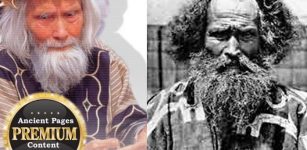 First Peoples Of Japan: Ainu Civilization And Its Unknown Origin
Civilizations | Oct 18, 2014
First Peoples Of Japan: Ainu Civilization And Its Unknown Origin
Civilizations | Oct 18, 2014 -
 The Mystery Of Ancient Ever-Burning Lamps
Ancient Technology | Apr 24, 2014
The Mystery Of Ancient Ever-Burning Lamps
Ancient Technology | Apr 24, 2014 -
 On This Day In History: Isaac Asimov Creator Of Science Fiction Was Born – On Jan 2, 1920
News | Jan 2, 2017
On This Day In History: Isaac Asimov Creator Of Science Fiction Was Born – On Jan 2, 1920
News | Jan 2, 2017 -
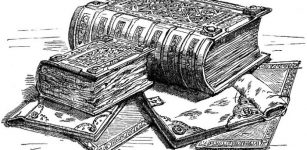 ‘The Domesday Book’ Of William I The Conqueror: Detailed Register Of ‘Who Owned What’ In England
Ancient History Facts | Jan 11, 2017
‘The Domesday Book’ Of William I The Conqueror: Detailed Register Of ‘Who Owned What’ In England
Ancient History Facts | Jan 11, 2017 -
 Grave Of Amazon Warrior Who Lived In The Kingdom Of Urartu Discovered In Armenia
Archaeology | Nov 28, 2019
Grave Of Amazon Warrior Who Lived In The Kingdom Of Urartu Discovered In Armenia
Archaeology | Nov 28, 2019 -
 House Of Dragons – Stories And British History That Inspired The Beasts Of Westeros
Featured Stories | Sep 18, 2022
House Of Dragons – Stories And British History That Inspired The Beasts Of Westeros
Featured Stories | Sep 18, 2022 -
 Mystery Of The Horrible ‘Thing’ Found In A Dominican Monastery
Featured Stories | Sep 4, 2023
Mystery Of The Horrible ‘Thing’ Found In A Dominican Monastery
Featured Stories | Sep 4, 2023 -
 Mysterious Time Slips Near An Ancient Church – Reported
Featured Stories | Oct 23, 2018
Mysterious Time Slips Near An Ancient Church – Reported
Featured Stories | Oct 23, 2018 -
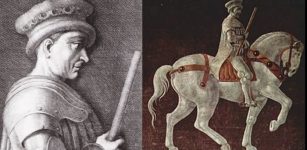 John Hawkwood ‘John Sharp’: Feared, English Mercenary And His White Company In 14th Century Italy
Featured Stories | Jun 20, 2020
John Hawkwood ‘John Sharp’: Feared, English Mercenary And His White Company In 14th Century Italy
Featured Stories | Jun 20, 2020 -
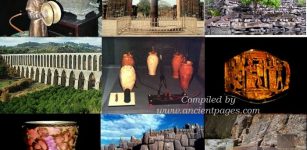 10 Remarkable Advanced Ancient Technologies Ahead Of Their Times
Ancient Technology | Jul 23, 2019
10 Remarkable Advanced Ancient Technologies Ahead Of Their Times
Ancient Technology | Jul 23, 2019 -
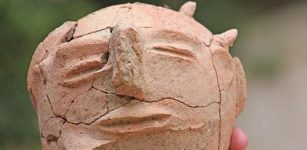 A Head Of A Statue Dated To 700 BC, Animal Figurines And Jordan Valley’s Occupation History
Archaeology | Sep 1, 2018
A Head Of A Statue Dated To 700 BC, Animal Figurines And Jordan Valley’s Occupation History
Archaeology | Sep 1, 2018 -
 2000-Year-Old Antikythera Mechanism – Experts Recreate A Mechanical Cosmos For The World’s First Computer
Ancient Technology | Mar 15, 2021
2000-Year-Old Antikythera Mechanism – Experts Recreate A Mechanical Cosmos For The World’s First Computer
Ancient Technology | Mar 15, 2021 -
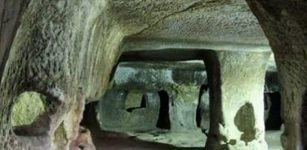 Nevsehir Labyrinth Of Tunnels: Largest And Most Complex Underground City In The World
Civilizations | Apr 7, 2015
Nevsehir Labyrinth Of Tunnels: Largest And Most Complex Underground City In The World
Civilizations | Apr 7, 2015 -
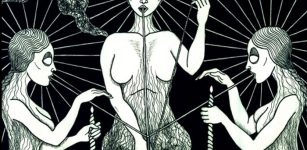 Goddesses Of Fate And Destiny In Greek, Roman And Slavic Mythologies
Featured Stories | Sep 28, 2017
Goddesses Of Fate And Destiny In Greek, Roman And Slavic Mythologies
Featured Stories | Sep 28, 2017 -
 Plants, Trees And Food Brought To Earth From Space
Featured Stories | Dec 7, 2014
Plants, Trees And Food Brought To Earth From Space
Featured Stories | Dec 7, 2014 -
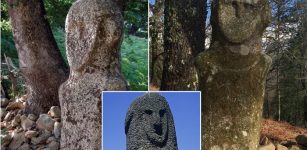 Corsica: ‘The Island Of Statue-Menhirs’ – Where Humans Lived At Least 7,000 BC
Featured Stories | Feb 28, 2024
Corsica: ‘The Island Of Statue-Menhirs’ – Where Humans Lived At Least 7,000 BC
Featured Stories | Feb 28, 2024 -
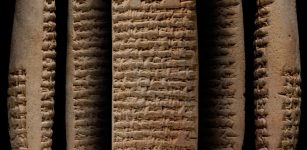 Mystery Of The Proto-Elamite Tablets – Cracking The World’s Oldest Undeciphered Writing
Artifacts | Oct 29, 2012
Mystery Of The Proto-Elamite Tablets – Cracking The World’s Oldest Undeciphered Writing
Artifacts | Oct 29, 2012 -
 On This Day In History: Remembering D-Day – On June 6, 1944
News | Jun 6, 2016
On This Day In History: Remembering D-Day – On June 6, 1944
News | Jun 6, 2016 -
 Ancient Roman Port Discovered Off The Syrian Coast
News | Feb 16, 2021
Ancient Roman Port Discovered Off The Syrian Coast
News | Feb 16, 2021 -
 On This Day In History: Gutenberg Prints The First Bible – On Feb 23, 1455
News | Feb 23, 2017
On This Day In History: Gutenberg Prints The First Bible – On Feb 23, 1455
News | Feb 23, 2017

